If you own a small or local business, you may feel like no one pays attention to you online. You post updates, but no one seems interested. You write blog posts, but they don’t reach the right people. The reality is that most online content is made for a global audience, not for your neighborhood, city, or the folks living nearby.
That’s where local content marketing comes in.
In this article, I’ll explain how to create content that draws in local customers, keeps them interested, and encourages them to visit your business, whether it’s a physical store or an online shop.
What Does Local Marketing Mean?
Before we talk about how to do it, let's first understand what local marketing is. Local marketing is promoting your business to people who live nearby. It’s about being visible to those who can walk into your store, use your services, or make an appointment.
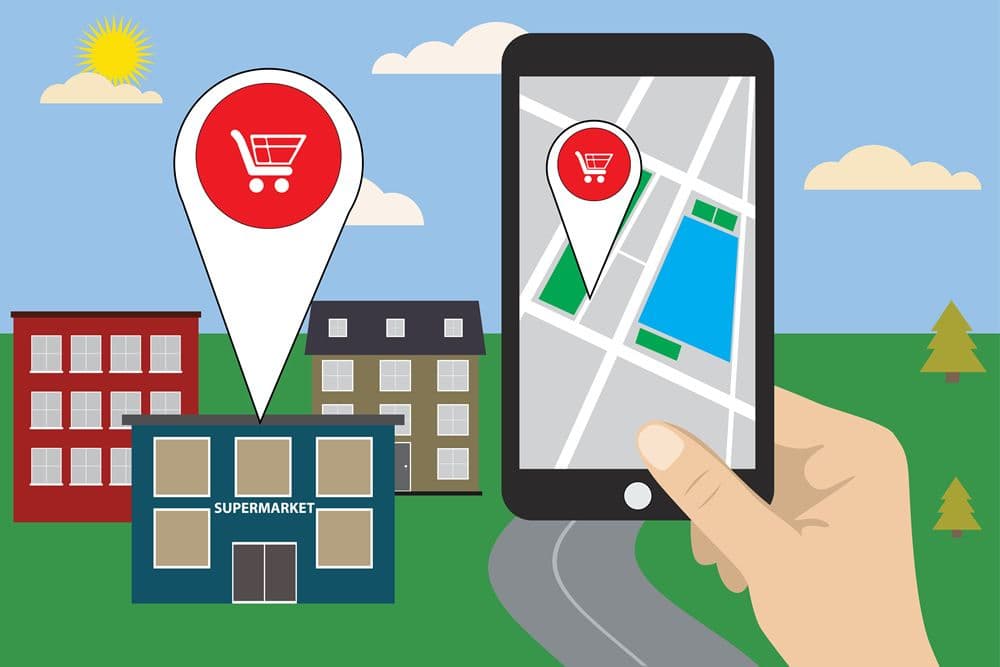
Unlike national or global marketing, local marketing feels personal. It uses references and ideas that your neighbors understand. It connects with community habits and feels familiar. Examples of local marketing include community events, flyers, shoutouts on the radio, and content made specifically for your area.
When you think of “local marketing,” picture Instagram posts using your city’s slang, blog posts or tv news discussing local weather issues. We want to create content like that.
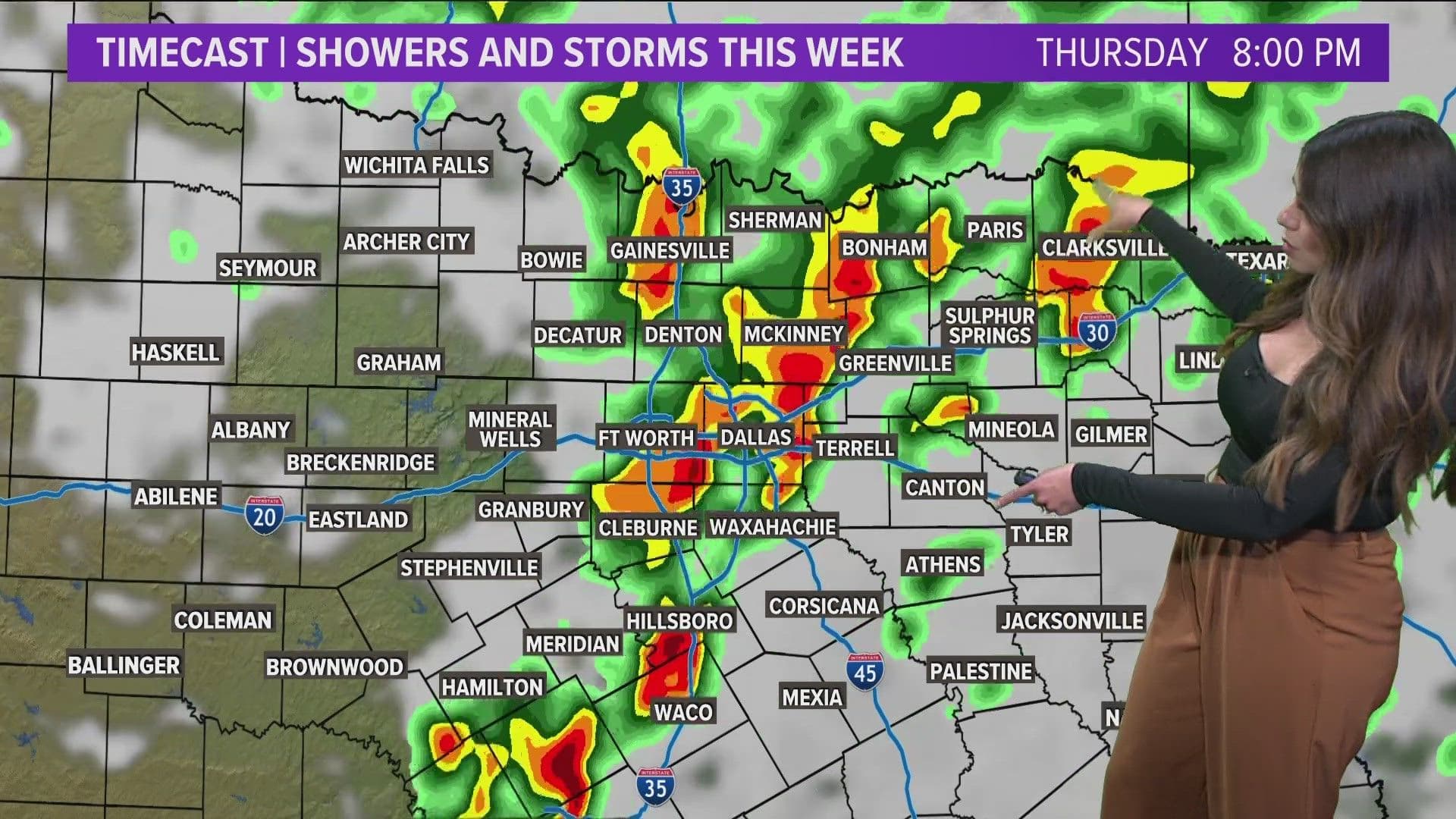
Talk About Local Issues and Goals
Many small businesses make the mistake of using generic content that sounds like it was written by someone far away. The content that works for local marketing feels like it was written by someone who lives in the same neighborhood.
For example, if you’re a plumber in Dallas, instead of writing a general article like “How to Prevent Pipe Damage,” write something more specific like “Why Pipes Burst Often During Harmattan in Dallas (And How to Stop It).”
Or if you own a small boutique in San Francisco, instead of saying “Top Party Dresses for 2025,” try “Outfit Ideas for Your Next Party – Straight Outta San Francisco.” These topics signal to local customers: I understand you. I live here too. The best content for local marketing addresses the local seasons, weather, events, and even inside jokes. That’s what people will remember and want to share.
Post Where Locals Already Spend Time
Creating content is just one part of the process. You also need to share it where local people hang out online. This means tagging your location in social media posts, using local hashtags, and posting in Facebook groups or online forums specific to your community.
A quick video of you joking about how hot it is in San Diego will connect better than a polished ad that doesn’t mention your city. Good examples of content that attracts local customers include Instagram Reels showing your staff serving regular customers, blog posts like “How to Choose the Best Barbershop in Dallas,” or TikTok videos about “A Day in the Life at Our Store in San Francisco.”
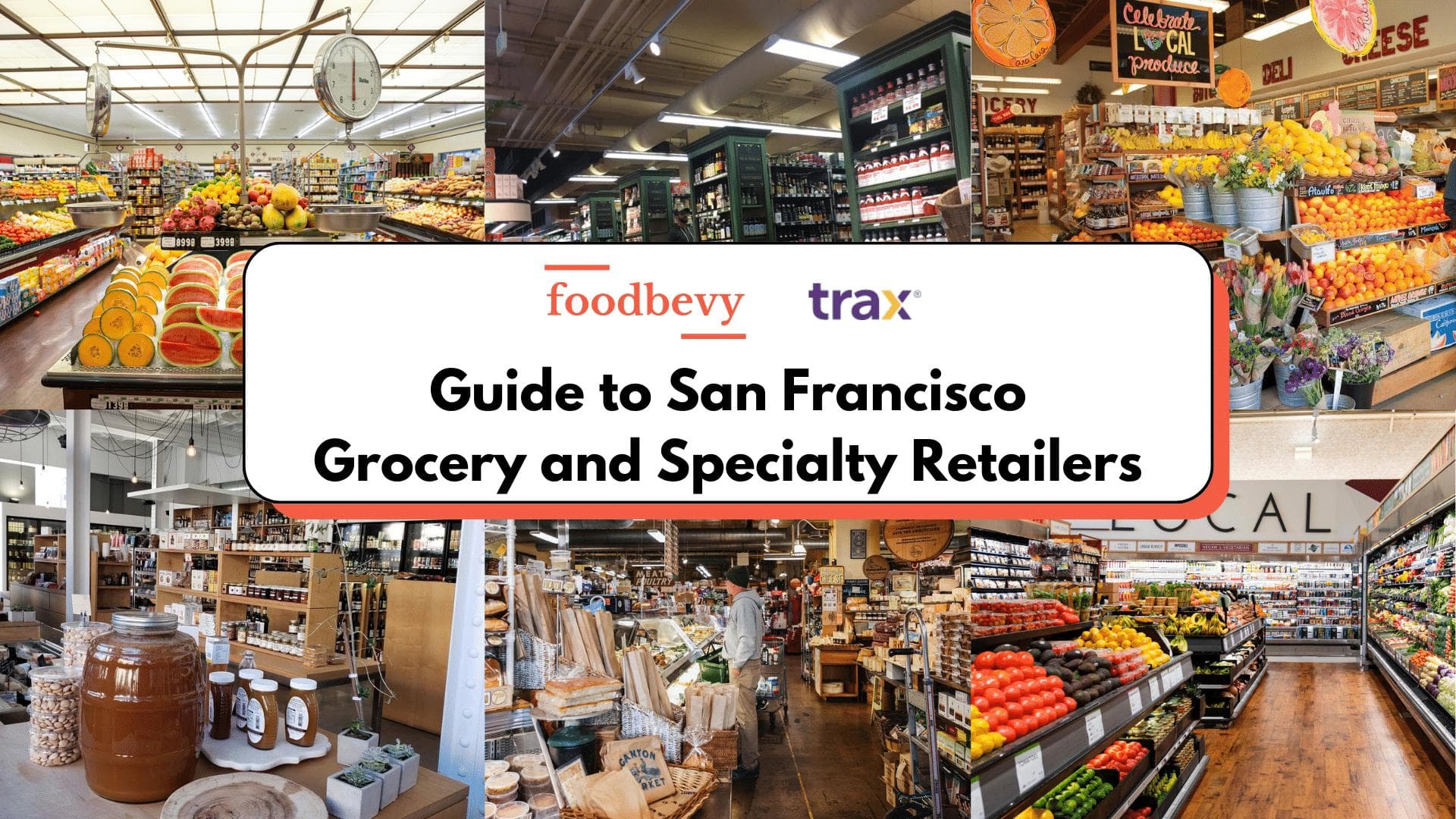
Even if you don’t have a large following, this kind of content can be shared widely, especially if you tag local places or team up with local creators. People like to see their community represented online.
Make “Local SEO” Pages
Now, let’s talk about a more technical but effective strategy which is local SEO pages. If your business serves multiple areas, create separate pages for each location instead of combining them on one page. For example, a cleaning service might have:
- /cleaning-service-san-francisco
- /cleaning-service-dallas
- /cleaning-service-paris
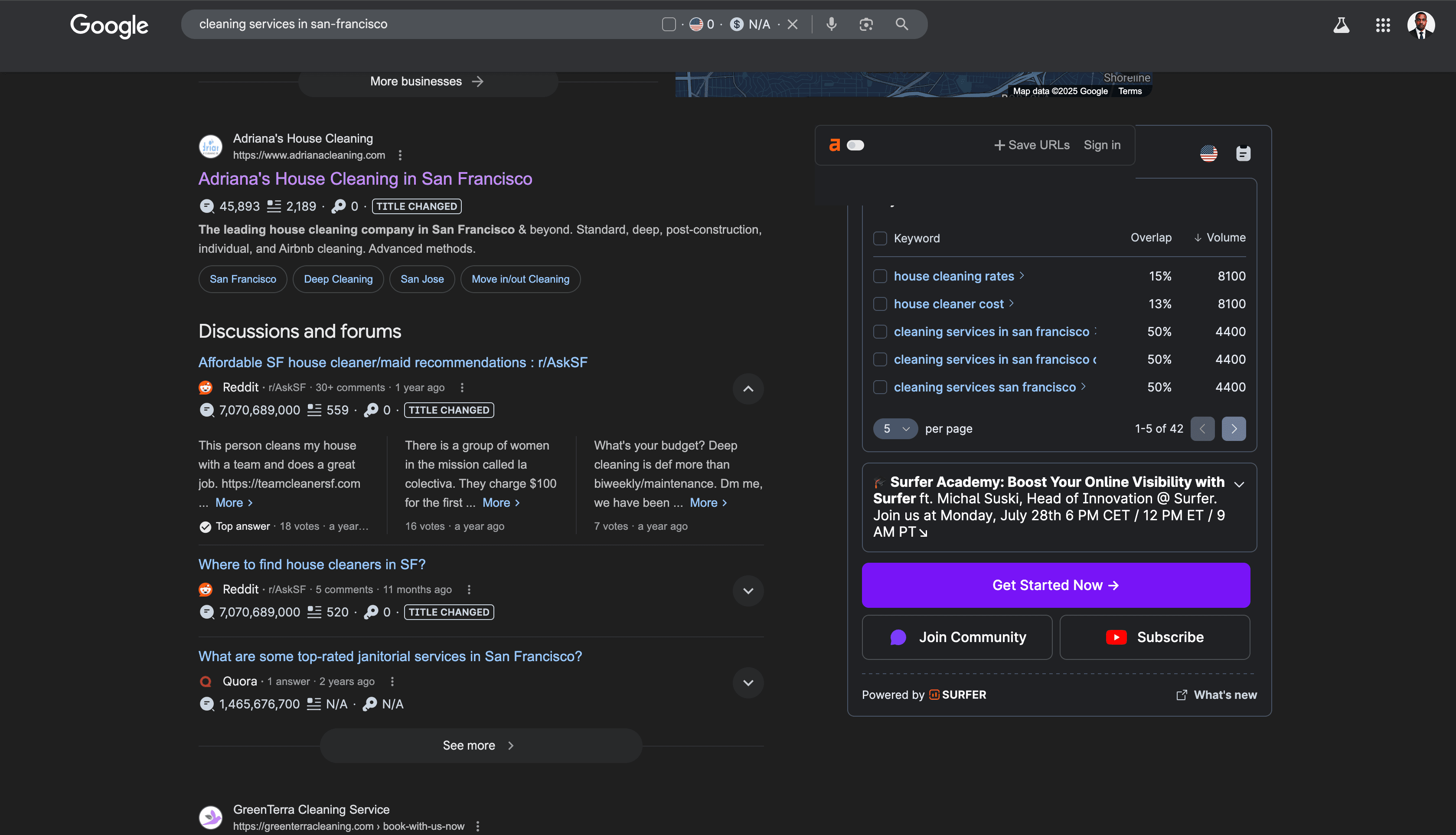
Each of these pages should have content specific to that area. Mention neighborhoods, local landmarks, and even common customer questions. These pages help customers feel like you really care about their area. If you do it well, they’ll show up in search results when people look for terms like that. Creating these pages doesn’t cost anything but time, and they can attract customers for years.
Use Real People and Places
People trust what feels real. One big mistake many small businesses make is using boring stock images and lifeless graphics. Your local audience wants to see you, your staff, your shop, and your neighborhood. Post real photos of customers (with their permission), short videos from your daily routine, pictures of your street, or quick interviews with regular customers.

When people ask, “What attracts customers the most?”, the real answer is: authenticity. If your website and social media show that there are real people behind the business, that’s a big win. Let your customers see who you are. A smiling face is always more appealing than a graphic that just says “Open for Business.”
Answer Local Questions in Simple Posts
If you’re struggling to come up with content ideas, here’s an easy tip: go to Google, type in your service and city, and look for the “People Also Ask” section. This section gives you free ideas based on what people are searching for.
For example, if you own a salon in Dallas, you might see questions like:
- What’s the best hair treatment during the rainy season in Dallas?
- Affordable salons in Dallas with natural hair services?
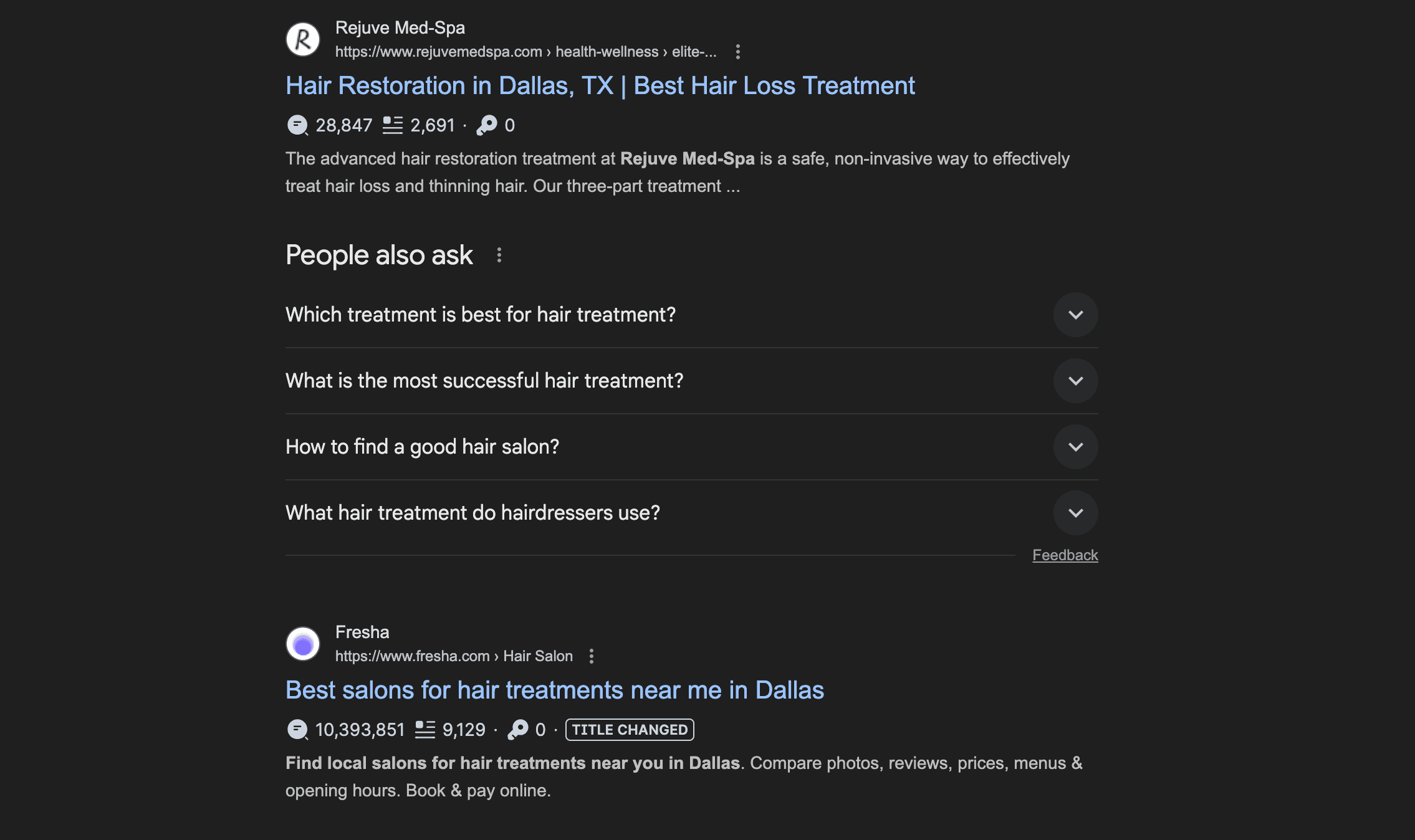
You can answer these in a short blog post, a quick Instagram post, or a one-minute video. Use the question as your title. Keep it simple and talk like you would in a real conversation. That’s the type of content that builds trust. Also, don’t forget to look for questions from your own DMs or customer calls. If one person asks something, others are probably wondering the same thing.
Don’t Just Promote. Educate or Entertain.
Many small businesses make the mistake of only posting promotional content like “Buy now,” “10% off,” or “Limited slots left.” This type of content often gets ignored. Instead, mix things up. Teach your audience something, share something funny, or tell a behind-the-scenes story. When people trust you, they’ll be more likely to buy from you without feeling pressured.
Here are some local marketing ideas for small businesses that don’t feel too pushy:
- “How to Know if You’re Overpaying for Car Repairs in Texas”
- “Top 5 Quiet Places to Work Remotely in Paris”
That last one? It’s great for a café or co-working space. You’re not directly promoting, but you’re still part of the conversation, and people will remember you.
Collect Reviews, Stories, Questions & Then Use Them
Your customers are your best content creators. Every review, nice message, and piece of feedback can be turned into content. For example, if someone sends you a thank-you message on WhatsApp, you can screenshot it (removing any personal info) and post it with a caption like: “We didn’t even ask for this. 😭 We love our customers in Dallas.”
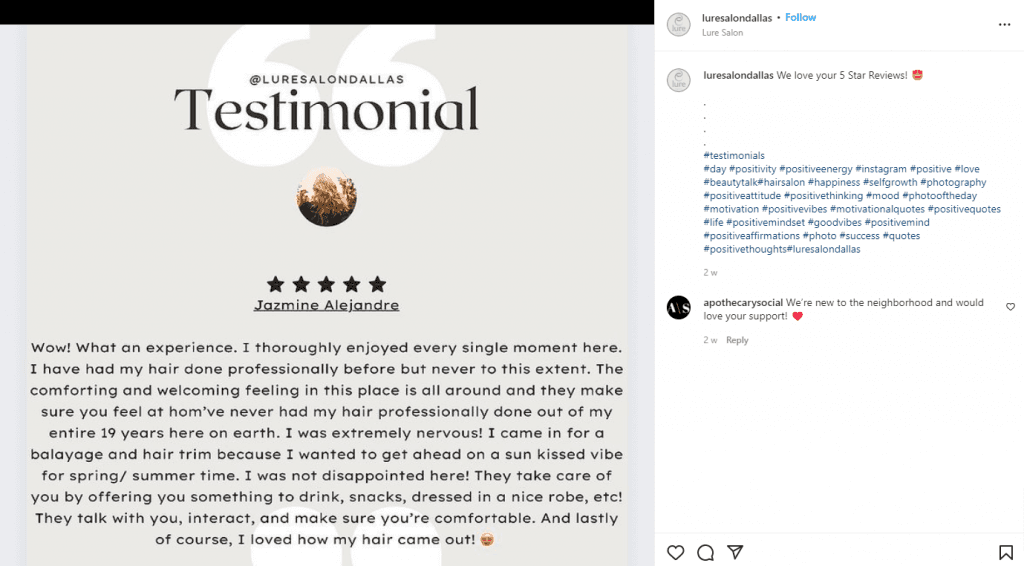
This approach shows how people feel about your business in a subtle but powerful way. You could also write short stories about your customers on your blog, like “How Henry Used Our Print Shop to Surprise His Wife on Her 40th Birthday.” This type of content is emotional, shareable, and real.
Bonus: Free Ways to Promote Your Local Content
If you’re on a tight budget, you don’t need to spend money on ads to promote your local content. You just need creativity and consistency.
Here are some free ways to promote your content locally:
- Post helpful answers in WhatsApp or Facebook groups (but don’t spam)
- Tag your business location on every Instagram post
- Ask satisfied customers to share your posts or stories
- Join community pages and interact genuinely, not just as a business
- Use Google Business Profile posts weekly, many businesses overlook this
These small actions help your content spread within your community. The more people see you, the more they’ll trust you.
Final Thoughts
You don’t need to go viral to succeed. You just need to reach the right people in your area who are ready to buy or book your services. Creating content that attracts local customers is all about being specific, relatable, and genuine. It’s not about sounding fancy, it’s about sounding familiar.
Speak like your community. Share real moments. Answer real questions. Show up regularly. That’s how small businesses can thrive locally. We help businesses like yours to create content that can attract local customers, if you don't want to go through the stress of creating content yourself, you can contact us and we will be happy to help.
